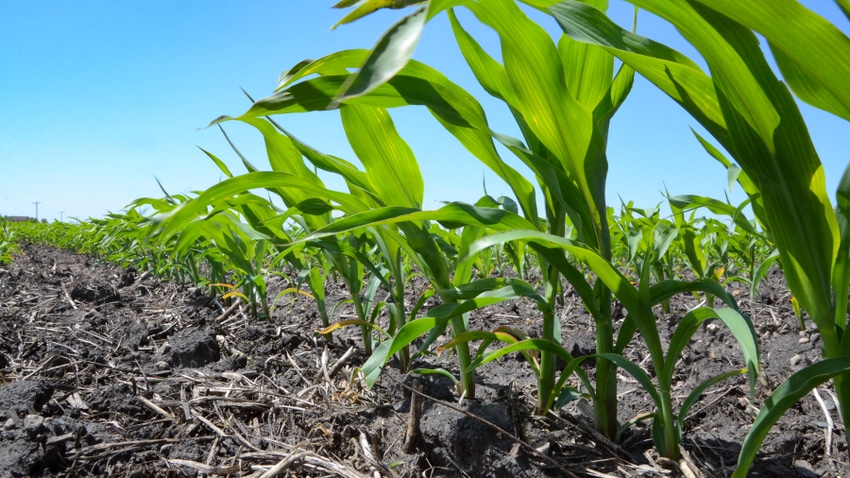April 11, 2023

Managing tough-to-control weeds is critical, yet the herbicide industry will have no new modes of action on the market soon. That has companies working on new premixes to provide more effective modes of action in a single pass. And BASF has added a new wrinkle, thanks to nearly a decade of formulation research.
New herbicide Surtain doesn’t bring a new mode of action to market, but it does take a potent existing active ingredient and expand its application window. More than a decade ago, BASF introduced the Kixor active ingredient to the market. The PPO herbicide when used preemergence controls a wide range of broadleaf weeds, including Palmer amaranth, waterhemp and kochia — all weeds on the hard-to-control list. But the Kixor active ingredient, sold as Sharpen herbicide, could only be used through preemergence.
The rise of more resistant weeds has farmers using herbicide premixes and tankmixes to bring more effective modes of action to weed control. Yet there’s a challenge, as Wade Firestone, U.S. crop product manager at BASF, noted in a recent media presentation ahead of Commodity Classic: “Just three products make up 50% of the corn herbicide market” — mesotrione, acetochlor and s-metolachlor.
Farmers mixing herbicides must avoid using too many active ingredients. They are looking more at the proper site of action for herbicides, but in some cases, choices are limited.
Firestone said all three of those active ingredients are useful for weed control. Mesotrione, a Group 27 HPPD, “is one of the most useful tools we have on the market,” he said at the event, warning that using pre- and postemerge products on the farm could create resistance.
A formulation opportunity
With no new active ingredients to the market, what can crop protection companies do to offer more effective site-of-action products?
For BASF, that question became one of formulation innovation. Could an existing, effective herbicide be modified in a way that would offer farmers an added effective site of action?
That’s a question that first got asked by Claude Taranta, senior principal scientist. He and his formulation team first looked at the Kixor product in 2012 and wondered about ways to expand the range of the product’s use. Could it be formulated to be used as a postemergence product?
In its original form, Kixor had a fair amount of what crop production companies call “crop response” when applied on corn: It hit the crop hard. The industry standard to aim for postemergence use is to encapsulate the product.
Taranta and his team found that the Kixor molecule could not be encapsulated in the conventional liquid approach. With that process, a polymer encapsulates droplets of the active ingredient, protecting the non-target plants as the product is applied.
Doug Findlay, senior ag biologist, says liquid encapsulation did not provide the “reduction in the crop response we were looking for, and was acceptable for the grower. If we could achieve the crop safety in a post formulation, we lost weed control. We could not solve either problem with liquid encapsulation.”
It took Taranta and his group four years to come up with a solution. They developed a formulation that allowed them to encapsulate a solid form of the active ingredient. Essentially, using BASF chemistry, the team developed a version of the product that is encapsulated. For farmers, the product is still a liquid, but the weed-controlling active ingredient is protected through application so there is no crop response.
New product offers options
Surtain contains the reformulated version of the Kixor active ingredient, a well-known herbicide teamed with pyroxasulfone for grass control. The key is bringing a new active ingredient into a longer application window, allowing a producer to switch up control methods for tough weeds.
Surtain brings another mode of action as a postemergence choice. Dan Waldstein, technical marketing manager, explains that the new formulation works well with UAN and ammonium thiosulfate.
“Surtain has good compatibility with both,” he notes. “Once the product is applied, the capsule dries and cracks in the environment. Rain or irrigation will move the a.i. out of the capsule, and you get weed control. And at the same time, you get crop safety.”
The ability to use Surtain preemerge or postemerge widens the application window at a time when more severe weather impacts key parts of the growing season, Waldstein adds.
Surtain is now being reviewed for registration by EPA. BASF expects the product to be available for 2024.
Read more about:
Herbicide ResistanceAbout the Author(s)
You May Also Like






